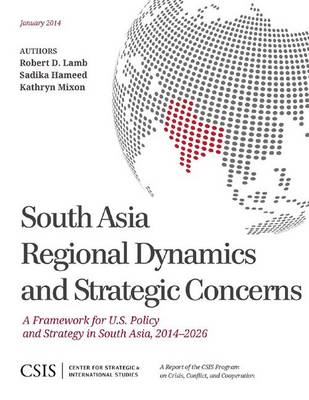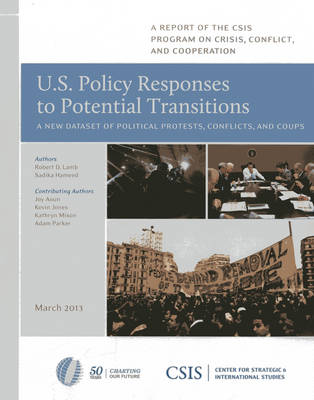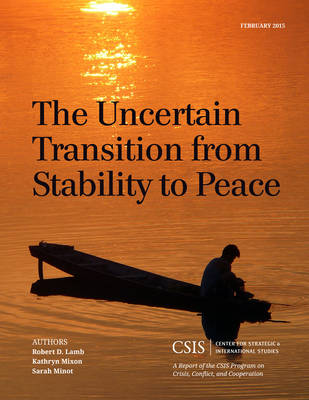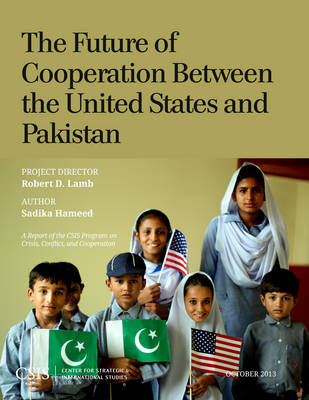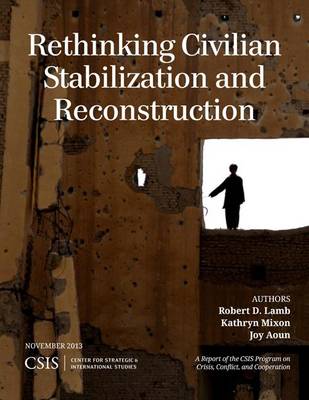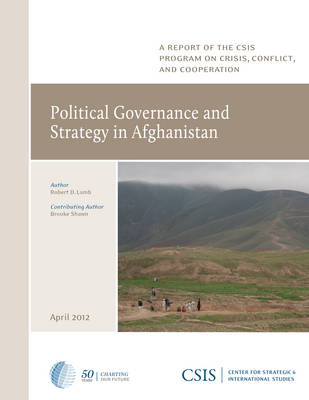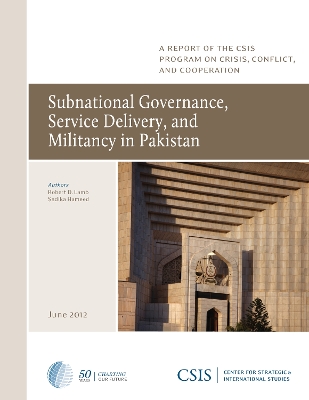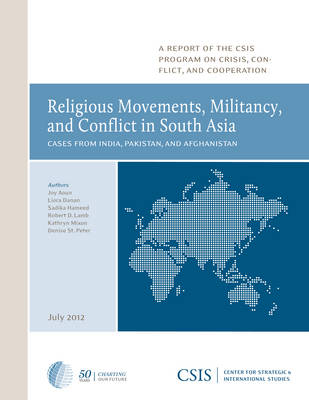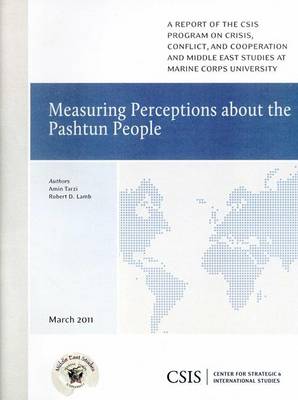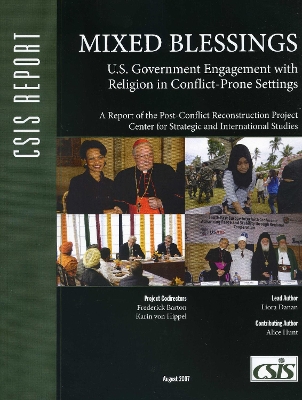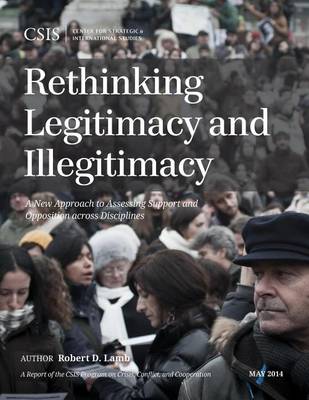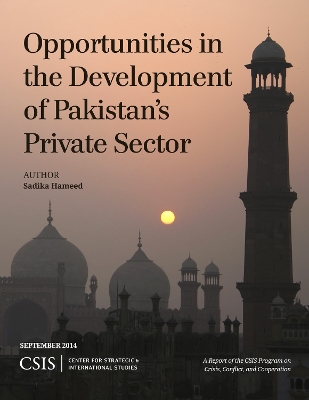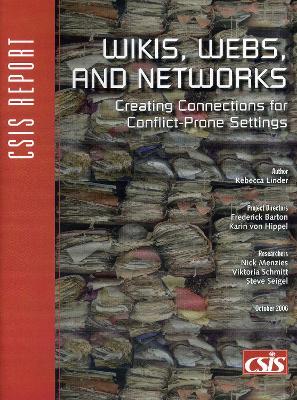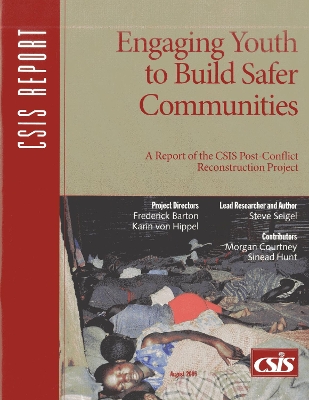CSIS Reports
20 total works
South Asia Regional Dynamics and Strategic Concerns
by Robert A. Lamb, Sadika Hameed, and Kathryn Mixon
U.S. Policy Responses to Potential Transitions
by Robert D. Lamb and Sadika Hameed
The Uncertain Transition from Stability to Peace
by Robert D. Lamb, Kathryn Mixon, and Sarah Minot
Absorptive Capacity in the Security and Justice Sectors
by Robert D. Lamb, Kathryn Mixon, and Andrew Halterman
The Future of Cooperation Between the United States and Pakistan
by Sadika Hameed
Rethinking Civilian Stabilization and Reconstruction
by Robert D. Lamb, Kathryn Mixon, and Joy Aoun
Private-Sector Development in Fragile, Conflict-Affected, and Violent Countries
by Sadika Hameed and Kathryn Mixon
Prospects for Indian-Pakistani Cooperation in Afghanistan
by Sadika Hameed
Subnational Governance, Service Delivery, and Militancy in Pakistan
by Robert D. Lamb and Sadika Hameed
Religious Movements, Militancy, and Conflict in South Asia
by Joy Aoun, Liora Danan, and Sadika Hameed
Measuring Perceptions about the Pashtun People
by Amin Tarzi and Robert D. Lamb
Opportunities in the Development of Pakistan's Private Sector
by Sadika Hameed
